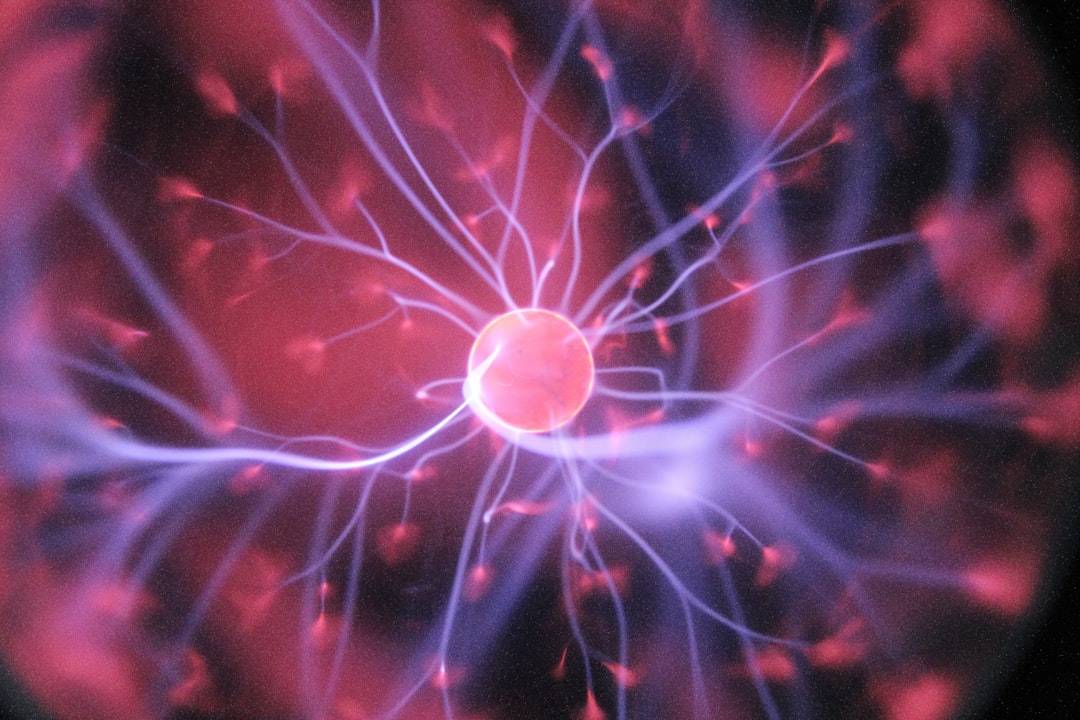What is it about?
The work is about sensitivity enhancement of graphene based biosensor for detecting different biomolecule and chemical species by theoretical modelling using non-equillibrium Green's function method. The study can also be utilized to detect different microbes and pathogens for medical diagnostic applications.
Featured Image

Photo by ThisisEngineering RAEng on Unsplash
Why is it important?
The work illustrates the functionalization of the biomolecules at the edges of graphene so as to be detected with high sensitivity. The alteration of electronic properties of armchair and zigzag graphene is explained with respect to single and double edge functionalization. Alteration in sensitivity is also elucidated as a function of width to length ratio of graphene. The work can thus be utilized as a guideline to operate graphene based sensor to detect the biomolecules with enhanced sensitivity.
Perspectives
In this COVID 19 pandemic, the work illustrates how to utilize graphene for detecting low concentration of microbes and pathogens. With modelling of the bandstructure and conductance spectra, we have shown how effectively the electronic properties of graphene can be altered with functionalized biomolecules. The study thus provides a physics based modelling of sensing mechanism and how the sensitivity can be enhanced to detect infectious pathogens.
Kaustab Ghosh
Read the Original
This page is a summary of: Covalent functionalization in graphene nanoribbon: Theoretical modeling and sensitivity analysis, Journal of Applied Physics, March 2021, American Institute of Physics,
DOI: 10.1063/5.0044946.
You can read the full text:
Contributors
The following have contributed to this page










